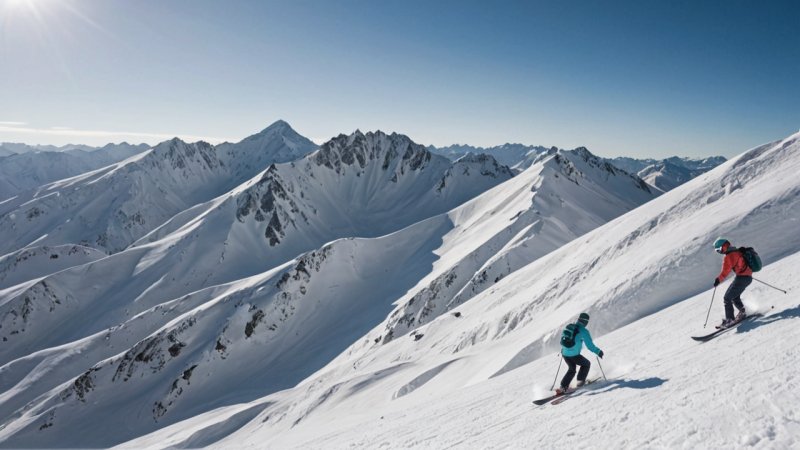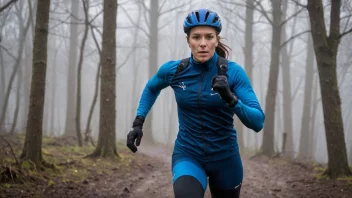Introduction
Winter sports enthusiasts know that the type of snow and weather conditions can significantly impact performance. In this article, you will learn how different snow conditions affect various winter sports, and we will guide you through the science behind snow types, temperature, humidity, and how these factors can be optimized for better athletic performance.
Step 1: Understand the Different Types of Snow
Snow can be categorized into several types, each affecting performance differently:
- Powder Snow: Light and fluffy, it offers great buoyancy for skiing and snowboarding.
- Wet Snow: Heavier and stickier, it can slow down athletes and requires more effort.
- Crusty Snow: A hard surface formed by melting and refreezing; can be challenging to navigate.
- Spring Snow: Softer and easier to carve into, often providing a more enjoyable experience.
How to Test Snow Conditions
Before hitting the slopes, conduct a quick test:
- Take a handful of snow and squeeze it. If it holds together, it’s likely wet or packed snow.
- Observe the surface. Is it smooth and shiny (ice) or bumpy (powder)?
Step 2: Analyze Temperature Effects
The temperature plays a crucial role in snow conditions:
- Below Freezing: Snow remains light and fluffy, ideal for powder skiing.
- Just Above Freezing: Snow becomes wet and heavy, leading to a slower experience.
Optimal Temperature Ranges
For the best experience:
- For skiing, aim for temperatures between 10°F to 25°F for powder.
- For snowboarding, slightly warmer temperatures (25°F to 35°F) can provide a nice balance of grip and glide.
Step 3: Consider Humidity Levels
Humidity can also affect snow conditions:
- High Humidity: Can lead to wet, heavy snow that increases drag.
- Low Humidity: Creates drier snow, enhancing gliding performance.
How to Check Humidity
Utilize a hygrometer or check weather apps to understand the humidity level before heading out.
Step 4: Evaluate Wind Conditions
Wind can impact snow stability and athlete performance:
- Strong Winds: Can create drifting snow and alter the snowpack, potentially leading to hazardous conditions.
- Calm Conditions: Generally provide a more stable and predictable snow surface.
Wind Speed Measurement
Use a handheld anemometer or check local weather reports to assess wind conditions.
Step 5: Prepare and Adjust Your Technique
Once you understand the conditions, adjust your skiing or snowboarding techniques accordingly:
- For Powder: Widen your stance and lean back to maintain floatation.
- For Wet Snow: Keep your weight centered and use shorter turns to maintain speed.
- For Ice: Maintain a low center of gravity and make smooth, controlled turns.
Practice Drills
In various conditions, practice different drills to enhance your adaptability:
- In powder, practice making turns with a wider arc.
- In wet snow, focus on quick, short turns to keep momentum.
Summary
Understanding the science of snow and its impact on winter sports can greatly enhance your performance and enjoyment. By recognizing different snow types, temperature influences, humidity levels, and wind conditions, along with adjusting your technique, you can optimize your time on the slopes. Always remember to assess conditions before starting your activity and adjust your approach as necessary for safety and performance.
Final Advice: Stay informed about weather changes and snow conditions, and don't hesitate to adapt your plans for the best experience on the slopes!






